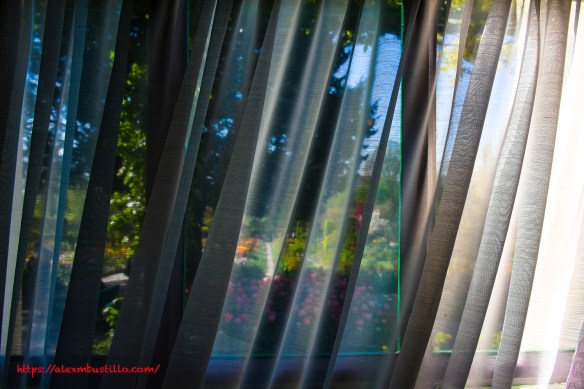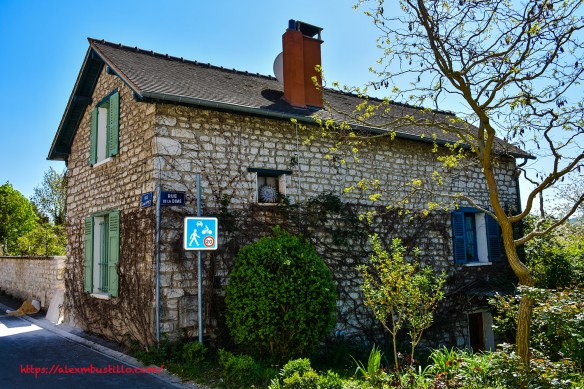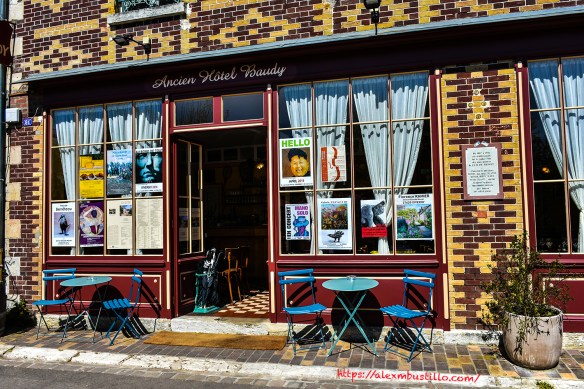Giverny is a commune in the Eure department in northern France. It is best known as the location of Claude Monet‘s garden and home.Giverny sits on the “right bank” of the River Seine where the river Epte meets the Seine. The village lies 80 km (50 mi) from Paris, west and slightly north, in the old province of Normandy (it is officially in the département of Eure, in the région of Normandy).
Claude Monet noticed the village of Giverny while looking out of a train window. He made up his mind to move there and rented a house and the area surrounding it. In 1890 he had enough money to buy the house and land outright and set out to create the magnificent gardens he wanted to paint. Some of his most famous paintings were of his garden in Giverny, famous for its rectangular Clos Normand, with archways of climbing plants entwined around colored shrubs, and the water garden, formed by a tributary to the Epte, with the Japanese bridge, the pond with the water lilies, the wisterias and the azaleas.
Monet lived in the house with its famous pink crushed brick façade from 1883 until his death in 1926. He and many members of his family are interred in the village cemetery. Wikipedia
Facade Maison Claude Monet Giverny
Garden View, Window, Chez Claude Monet, Giverny, France
Claude Monet, Street Art, Giverny, France
Window, Chez Claude Monet, Giverny, France
- Garden View, Window, Chez Claude Monet, Giverny, France
- Giverny Facade Maison Claude Monet
- Claude Monet, Street Art, Giverny, France
- Window, Chez Claude Monet, Giverny, France
- rue Claude Monet at rue de La Dime, Giverny, France
- Facade, 40 rue Claude Monet, Giverny, France
- Ancien Hotel Baudy, 81 rue Claude Monet, Giverny, France
- 81 rue Claude Monet, Giverny, France
- Rue Claude Monet Giverny France
- Nowhere Man, Residence Claude Monet, Giverny, France
- Jardin Claude Monet Giverny, France
- Facade Meulière, Giverny, France
Facade Meulière, Giverny, France
Nowhere Man, Residence Claude Monet, Giverny, France
rue Claude Monet at rue de La Dime, Giverny, France
Facade, 40 rue Claude Monet, Giverny, France















You must be logged in to post a comment.